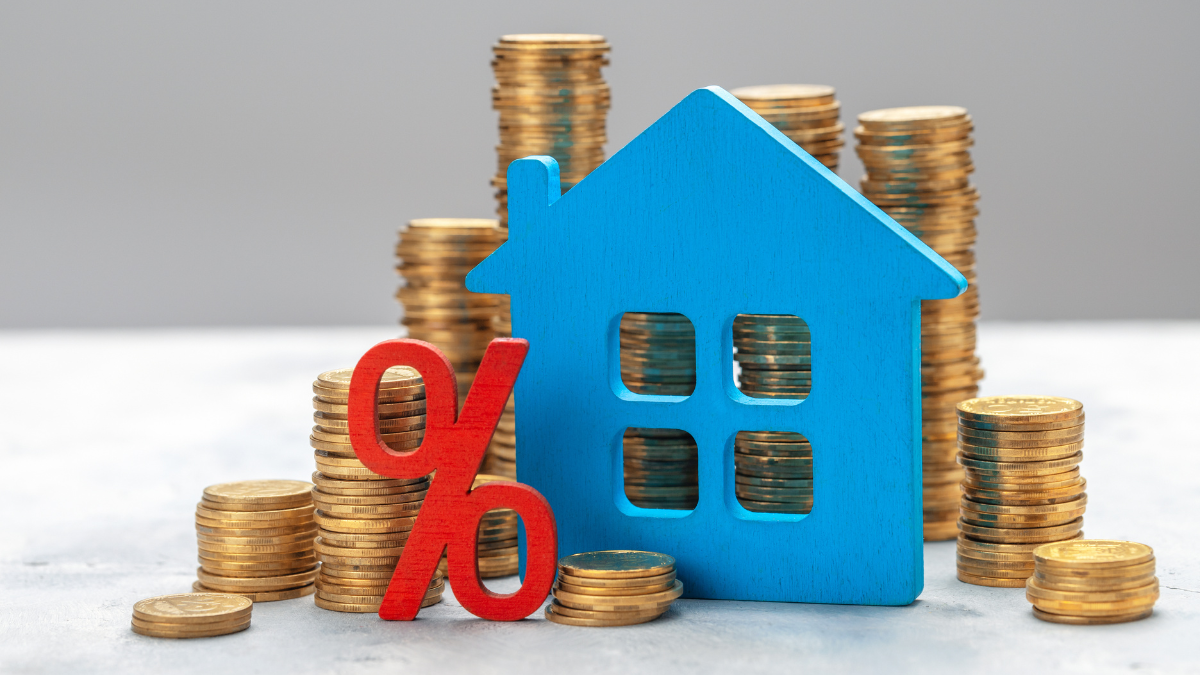
Why you should know about cap rates in residential real estate?
June 2, 2023 . Real-Estate Industry . 10 min readWhat is the Cap rate in real estate?
Cap Rate stands for Capitalization Rate, which is a key metric used in real estate investment. It is used to evaluate the potential return on investment (ROI) of a property and determine its value. Here’s a concise overview of cap rate and its significance in the Indian market:
Cap rate definition
The cap rate is a percentage that represents the relationship between the Net Operating Income (NOI) and the value of a property. It indicates the rate at which an investment property is expected to generate income relative to its purchase price.
Importance in real estate investment
It helps investors assess the profitability and risk associated with a property. It allows them to compare different investment opportunities and make informed decisions. Higher cap rates indicate higher potential returns, but they may also indicate higher risk.
Calculation of cap rate
To calculate the cap rate, divide the property’s Net Operating Income (NOI) by its value.
The formula is:
Cap Rate = NOI / Property Value.
NOI is the income generated by the property after deducting operating expenses but before deducting mortgage payments and income taxes.
Factors affecting cap rate
Cap rates can vary based on several factors, including location, property type, market conditions, and the investor’s risk appetite. Desirable locations and property types may command lower cap rates due to higher demand and potential appreciation.
Interpretation of cap rate
A lower cap rate indicates a higher property value relative to the income it generates, while a higher cap rate suggests a lower value. Investors should consider their investment goals, market trends, and property-specific factors when interpreting cap rates.
Benefits of calculating the capitalization rate of a residential real estate property
The following are the benefits of the capitalization rate of residential property:
- Helps in evaluating the potential return on investment (ROI) of a property.
- Facilitates comparison of different investment opportunities.
- Assists in determining the value of a property.
- Provides insights into the profitability and risk associated with a property.
- Enables informed decision-making in real estate investment.
- Allows investors to assess the income generation relative to the property’s purchase price.
- Helps identify properties with higher potential returns.
- Assists in understanding market trends and dynamics.
- Provides a standardized metric for property valuation.
- Enables investors to gauge the financial performance of a property.
Cap rate as an indicator of investment returns on a residential real estate property
Cap rate serves as a valuable indicator of investment returns on residential real estate properties in the Indian market. Here are some key points to consider:
1. Measure of potential ROI
Cap rate provides a measure of the potential return on investment for residential properties. It helps investors assess the income-generating capability of a property relative to its value.
2. Relationship between cap rate and property value
The cap rate is inversely related to property value. A higher cap rate suggests a lower property value compared to the income it generates, while a lower cap rate indicates a higher property value.
3. Guiding investment decisions
Cap rate plays a crucial role in guiding investment decisions in the Indian residential property market. Investors can use cap rates to evaluate the profitability and risk associated with different properties, helping them make informed choices.
4. Comparing investment opportunities
By considering the cap rates of multiple residential properties, investors can compare investment opportunities and identify those with higher potential returns. Properties with higher cap rates may indicate better investment prospects.
5. Market-specific considerations
Investors need to consider market-specific factors while interpreting cap rates in the Indian residential property market. Factors such as location, demand-supply dynamics, rental trends, and local regulations can influence cap rates.
6. Risk and income potential
Cap rate assists in assessing the risk and income potential of residential properties. Higher cap rates may imply higher risks but also the potential for higher returns. Lower cap rates may indicate more stable but potentially lower returns.
7. Evaluating financial performance
This rate helps investors gauge the financial performance of a residential property by analyzing its Net Operating Income (NOI) relative to its value. It enables comparisons between properties of varying sizes, locations, and rental incomes.
Factors influencing cap rates in the Indian residential real estate market
The cap rates in residential real estate in India are influenced by various factors. Understanding these factors is crucial for investors to make informed decisions. Here are the key factors:
1. Location and neighbourhood dynamics
Desirable locations with good infrastructure, amenities, and proximity to key areas may command lower cap rates due to higher demand and potential appreciation.
2. Rental market trends and potential rental income
Higher rental income potential can lead to lower cap rates, while areas with lower rental demand may have higher cap rates. Investors should consider the prevailing rental rates and rental market conditions.
3. Property condition and maintenance costs
Well-maintained properties with lower maintenance costs may attract lower cap rates, as they are perceived to be less risky. Older or poorly maintained properties may have higher cap rates due to potential repair and maintenance expenses.
4. Local regulations and legal framework
Factors such as property taxes, stamp duty, rent control laws, and zoning regulations can affect the profitability of residential properties and, consequently, their cap rates.
5. Market supply and demand dynamics
Areas with high demand and limited supply may have lower cap rates due to higher competition among investors. Conversely, areas with oversupply may have higher rates.
6. Economic factors
Lower interest rates can lead to lower cap rates, as borrowing becomes more affordable and may increase property demand.
7. Investor risk appetite
Investors seeking higher returns or willing to take on more risk may accept higher cap rates, while those prioritizing stability may accept lower cap rates.
Conclusion
It serves as an essential indicator of investment returns on residential real estate properties in the Indian market. By understanding the relationship between cap rate and property value, investors can utilize it to guide their investment decisions and evaluate the potential ROI of residential properties.



